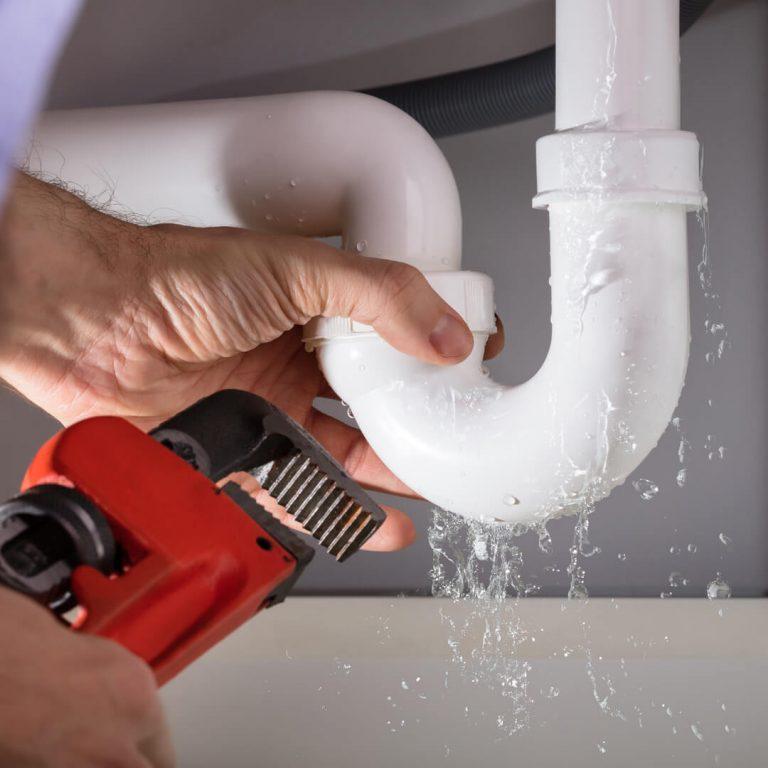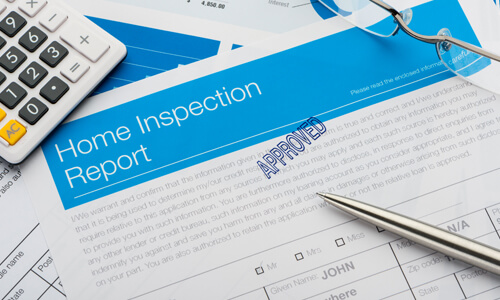Isn’t it always the case? Your budget is humming along like you planned, when something unanticipated happens throwing a wrench into it all. People often think of medical emergencies and major car repairs as the typical causes of unexpected expenses, and they are. But they aren’t alone.
Look around your home. There are things you use every day that can break down, leaving you with an unplanned repair bill. And because you rely on these items, you often can’t afford to postpone the repair. Let’s identify these potential household budget busters and talk about how to protect yourself from unexpected expenses.
What unexpected repair expenses lurk in your home?
Beyond your mortgage, there are many costs associated with owning a home, everything from property taxes to homeowners insurance. One expense that homeowners often overlook is repairs for the following common household items:
Leaky Plumbing
Anyone who’s ever noticed a growing water stain on their ceiling knows that a leaking water pipe can cost you. The longer you wait to deal with it, the worse the damage gets, physically and financially. This Old House says it can take as much as $2,500 to repair a ceiling pipe. Burst water pipes and main waterline leaks are even more expensive, sometimes approaching as much or more than $4,000.
Even less extensive plumbing repairs, like snaking clogged drains, fixing a toilet, or repairing a water heater, can cost you several hundred dollars, considering that the average hourly rate for a plumber is $100.
Electrical Wiring
Like plumbers, electricians are licensed professionals who charge by the hour. Depending on their skill level, it can be as much as $120 an hour. Just replacing a circuit breaker box can cost between $500 and $1,800.
Kitchen Appliances
Minor repairs to major kitchen appliances can be relatively inexpensive. Unfortunately, more significant repairs to your oven, cooktop range and refrigerator can cost anywhere from $400 to $500. Coincidentally, $400 is the very amount of an emergency expense the Federal Reserve indicates almost one third of Americans can’t afford without borrowing the money.
If you fall in this category and your microwave or air fryer is working, you can potentially delay repairing your range or oven until you save up the money. But your fridge is another story. When it goes on the blink, you risk losing all the food inside if it’s not repaired right away. When inflation is high, that amounts to an even more substantial financial loss.
Laundry Room Essentials
Of course, your kitchen isn’t the only room with major appliances. Depending on the size of your family, the washer and dryer in your laundry room could be used multiple times a week. If either one breaks down, you can expect an average repair bill of about $300 a piece. In some cases, you could pay double that for a repair. While you may be able to air dry your clothes, washing everything by hand takes time and isn’t very feasible, so a washer repair is hard to postpone without major inconvenience.
Heat and Air Conditioning
When your HVAC system goes on the fritz, the culprit could be any number of things. Home Depot estimates the average cost to replace these common components as follows:
- Flue pipe: $400 to $800
- Blower pipe: $400 to $1,500
- Heat exchanger: $500 to $1,500
- Home air compressor: $1,350 to $2,300
The above estimates for appliance and HVAC repairs assume the problem is fixable. If not, replacing an appliance will hit you even harder. Worst of all, the estimated national average to replace an entire HVAC system is just shy of $8,000.
How do you protect yourself from these unexpected expenses?
With these potential budget busters on your radar, it’s time to lower the chance that they jeopardize your finances with these tips:
- Perform routine maintenance: Taking proper care of these items will keep them in good working order for longer. This includes regularly changing the air filters to your HVAC system, frequently cleaning the lint tray in your dryer, vacuuming the coils behind your refrigerator, and taking appropriate measures to avoid frozen water pipes from bursting.
- Use a budget: If you don’t currently have a formal budget, create one. On top of that, use budget rules to help you differentiate between your needs, wants and savings goals.
- Create and maintain an emergency fund: Identify an emergency fund that amounts to at least three to six months’ of expenses as one of your budget’s savings goals. If it’s difficult to build up this fund through your regular income, try taking on a side gig to get there faster.
- Consider a home warranty: Most home warranties cover the cost to repair the items listed above or replace them if they can’t be fixed. When something goes wrong, you just contact your provider, who schedules the repair from its network of technicians. You do pay a service fee, which is typically between $75 and $125, but it’s a much more manageable expense than the total cost of repair or replacement.
Murphy’s law says anything that can go wrong will go wrong. Following the above tips helps minimize the impact on your budget should certain things go wrong in your home.
Editor’s note: Quorum is not affiliated with any of the companies mentioned in this article and derives no benefit from these businesses for placement in this article.






Comments Section
Please note: Comments are not monitored for member servicing inquiries and will not be published. If you have a question or comment about a Quorum product or account, please visit quorumfcu.org to submit a query with our Member Service Team. Thank you.